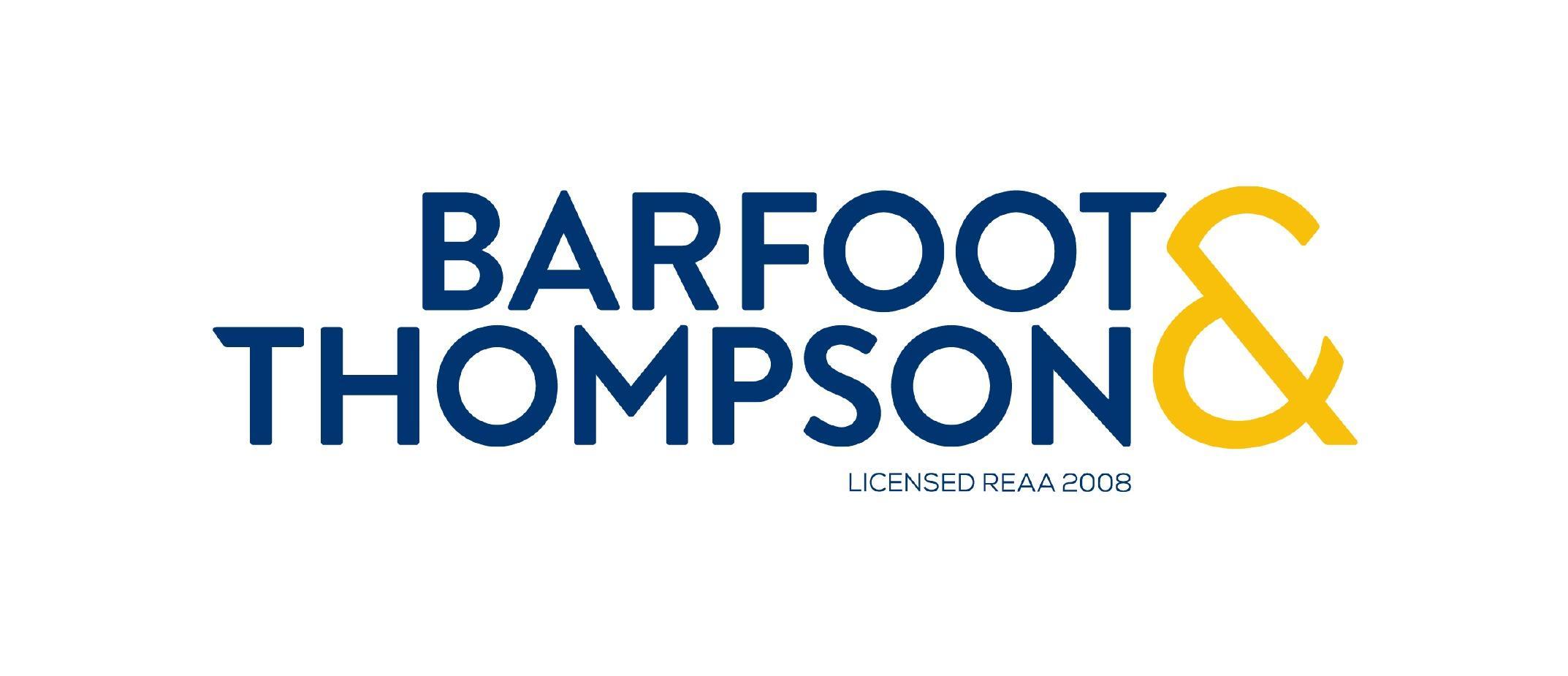COVID-19 hasn’t significantly undermined the property market so far
In this fast-moving COVID environment it’s easy to lose track of everything that’s changed since the end of March and how the property market has been
impacted.
Recall that since March:
- The Government has launched a huge fiscal support package, including the wage subsidy, which has kept people in jobs and paying their mortgages;
- The Reserve Bank has cut the official cash rate to 0.25% (and it could go negative in early 2021), delayed the new bank capital requirements rules,
embarked on an asset purchase programme of $100bn, and temporarily removed the loan to value ratio speed limits; - The trading banks have shown considerable latitude with borrowers, including extensions to loan terms, switches to interest only payments, and full-scale
mortgage payment deferrals
Back in the dark days of April, you’d be forgiven for fully expecting that all of this – rising unemployment and economic recession included – would cause
property sales to collapse and house prices to fall. In reality, sales activity did slump in April, and it’s probable that we’ve ‘lost’ some sales
altogether – the total for the first seven months of 2020 (44,371) is about 5,700 less than the same period last year (50,111). Even so, volumes were
still much more robust in June and July alone, and property values have largely been unscathed so far (apart from Queenstown, and some of the more
expensive areas of Auckland).
Indeed, perversely for these troubled economic times, the property market effects of COVID-19 haven’t been as significant as they might have been. Why
is that? The obvious factor has been the sharp falls in interest rates, both for borrowers and savers. On the borrowing side, the lowest mortgage rates
on record – and combined with reduced deposit requirements for investors – have directly encouraged more purchasing activity. And for savers, the falls
in term deposit rates (for example) have caused them to reassess the best place for their capital, and this has seen some switch towards property.
Of course, this uncertain phase for the economy is far from over yet, and the end of the wage subsidy on 15th September will probably be associated
with a fresh rise in unemployment. That will be a hindrance for the property market.
However, we entered this crazy period with a very low supply of existing listings on the market and this hasn’t changed – in fact, the latest move back
up the alert levels has caused the number of appraisals generated by real estate agents to drop sharply again; which points to a smaller new flow of
listings than otherwise might have been the case. In other words, the supply/demand balance could remain pretty tight in the coming months – potentially
limiting achieved sales (because of a lack of choice for buyers), but also preventing any major falls in prices.
Keep an eye on the market and check whether the potential return figures stack up with RPNZ. Find out more about CoreLogic’s special RPNZ offer for APIA members here .
This is a guest blog submission from Kelvin Davidson from CoreLogic NZ. Guest submissions are a way for APIA members to share their views and experiences with each other and do not necessarily reflect the views and position of the APIA. The content of this article is general in nature and not intended as a substitute for specific professional advice on any matters and should not be relied upon for that purpose.

ABOUT THE AUTHOR
Kelvin Davidson
Kelvin is a Senior Economist in CoreLogic’s research team. Prior to joining CoreLogic, Kelvin spent 15 years working in private sector economic consultancies
in NZ and the UK, and he is well practised in applying macroeconomic trends and data to the property market.













Add Comment